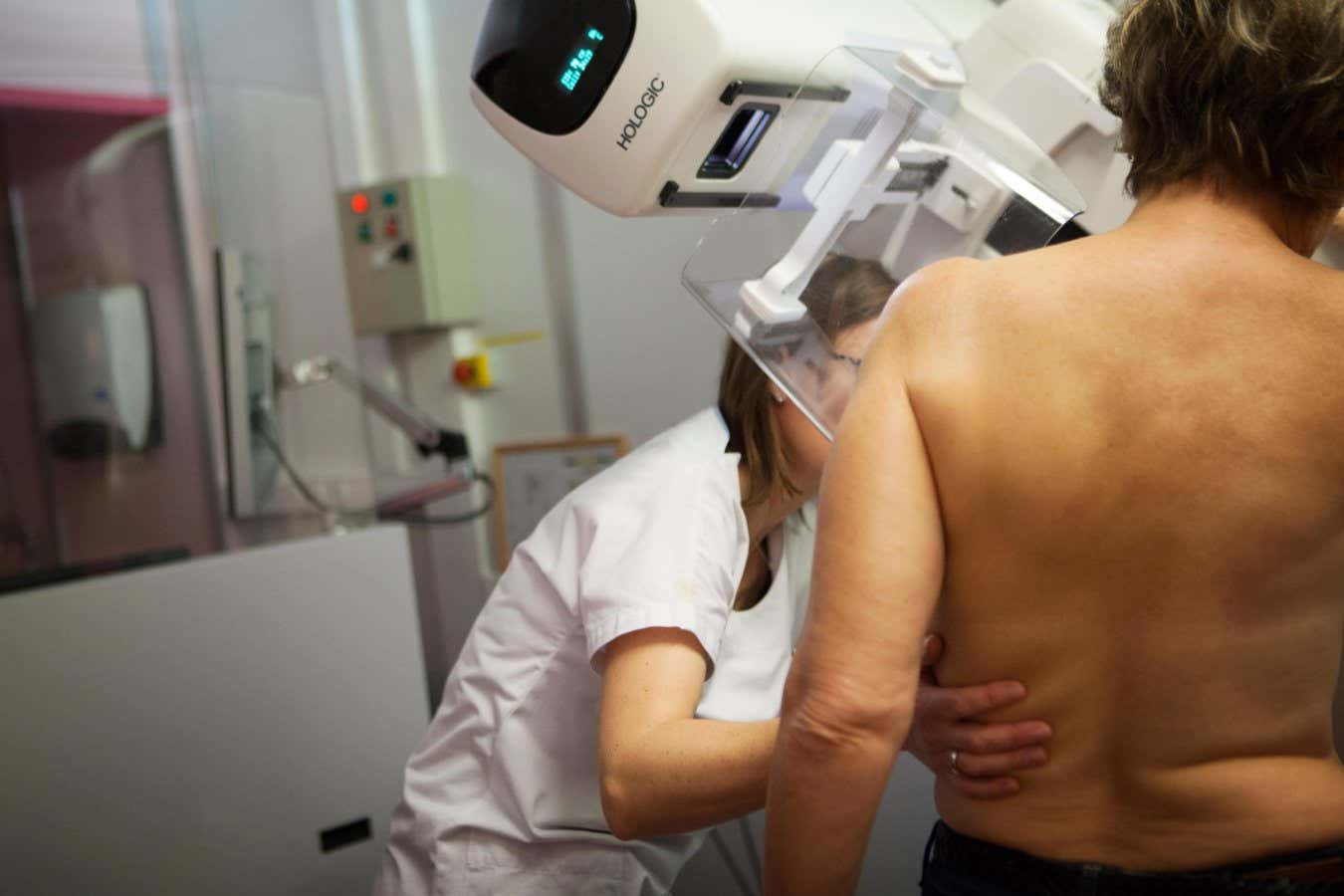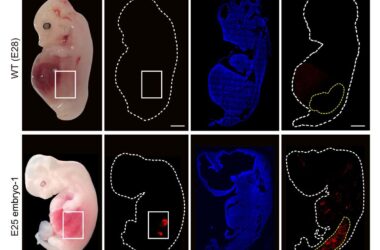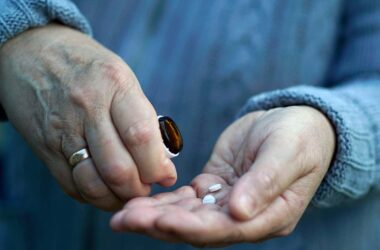Post-menopausal women in the UK who are at a higher risk of breast cancer may soon have wider access to a medication called anastrozole. This drug, originally developed as a treatment for breast cancer, has been found to halve the risk of developing the condition when taken for five years. While anastrozole is already used for prevention in some countries on an “off label” basis, the UK has become the first country to approve its use for prevention.
Jack Cuzick, a researcher at Queen Mary University of London who was involved in a trial of anastrozole, believes that this approval will encourage more doctors to prescribe the drug for preventive purposes. However, anastrozole’s side effects, which include menopausal symptoms like joint pain and hot flushes, can deter some women from taking it. Liz O’Riordan, a UK breast cancer surgeon, emphasizes the difficulties associated with these side effects.
The Medicines and Healthcare products Regulatory Agency (MHRA) announced that women who are considered at moderate or high risk of breast cancer will be eligible to take anastrozole. The specific criteria for determining this risk level has not yet been announced but may include individuals with a close relative, such as a mother or sister, who has been diagnosed with the condition.
It is important to note that anastrozole is not the only medication available for breast cancer prevention. Tamoxifen, another drug with similar side effects, can also be used for this purpose. Both drugs work by blocking the hormone estrogen, which plays a role in the growth of breast cancer cells. However, anastrozole can only be taken by women who have gone through menopause, while tamoxifen can be taken regardless of age.
In addition to medication, women can also reduce their risk of dying from breast cancer by undergoing regular mammogram screenings, starting at an earlier age if necessary. Those at high risk, potentially due to an inherited mutation in the BRCA1 gene, may opt for preventive surgeries such as breast removal.
Dana Gheorghe, from Citeline, a pharmaceutical intelligence firm, believes that having another option to lower the risk of breast cancer is a positive development, as long as individuals are willing to accept the associated side effects.
Insights:
- Anastrozole, a breast cancer treatment drug, has been approved for use in preventing the development of breast cancer in post-menopausal women in the UK.
- The drug reduces the risk of breast cancer by 50% when taken for five years.
- Side effects of anastrozole, such as joint pain and hot flushes, can present challenges for individuals considering taking the medication.
- The Medicines and Healthcare products Regulatory Agency (MHRA) will determine the criteria for eligibility to take anastrozole.
- Anastrozole works by blocking estrogen, a hormone that promotes the growth of breast cancer cells.
- Tamoxifen is another medication used for breast cancer prevention but can cause similar side effects.
- In addition to medication, regular mammogram screenings and preventive surgeries may help reduce the risk of breast cancer.
- Having more options for breast cancer prevention is seen as a positive development, as long as the associated side effects are considered.








